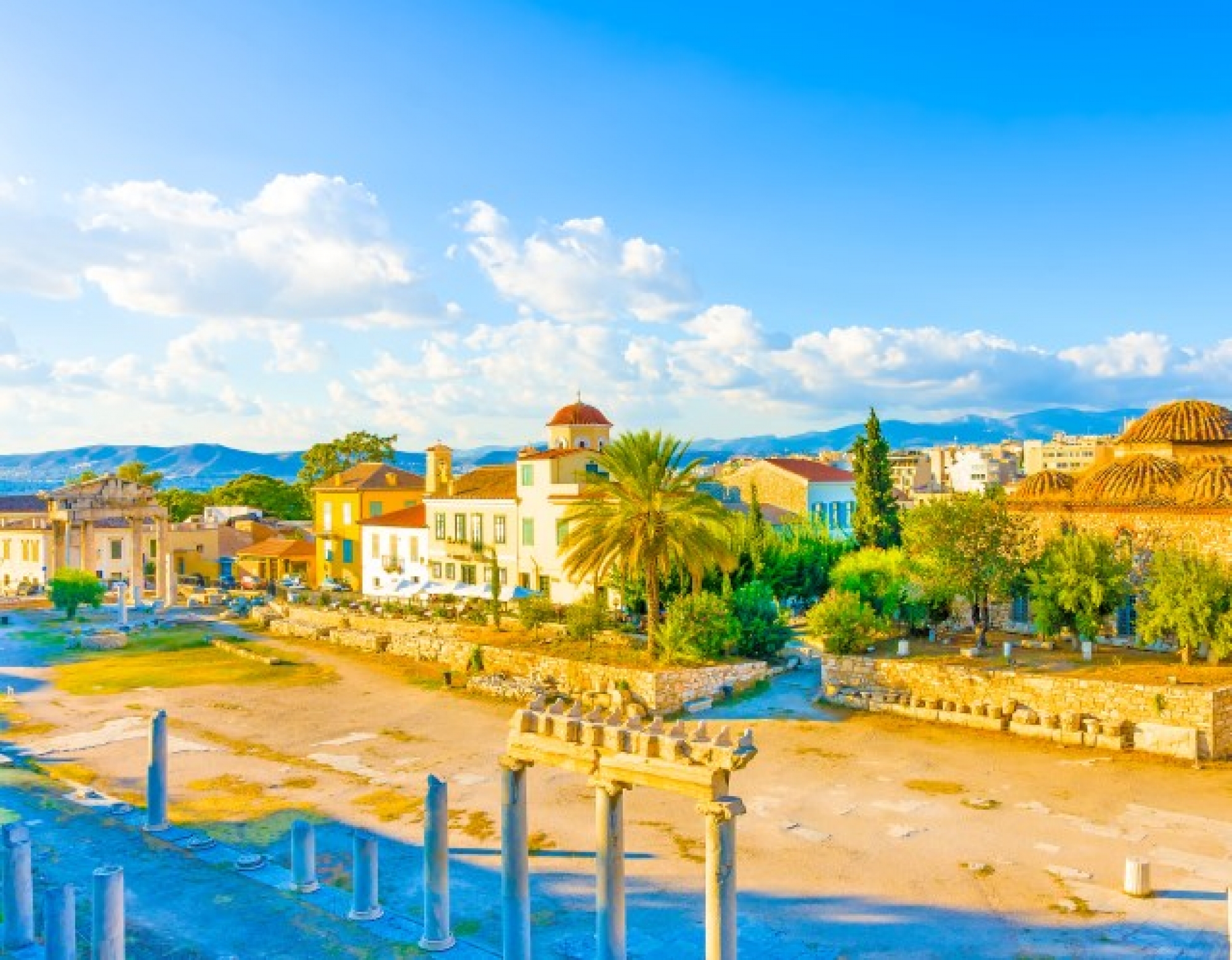The Ancient Agora of Athens is located north from the Acropolis, under the shadow of the holy rock. Besides being the central trade space, the Ancient Agora was also a space where people gathered, discussed and engaged in policy-making. The administrative buildings of the city of Athens were built here, such as the old Parliament House (where the House met) and the Vasileios Stoa - Royal Arcade (seat of Lord King).
Agora was initially destroyed by the Persians in 480 BC and radically changed form. Along with the prime of the Athenian democracy, comes also the prime of the Agora, as new buildings such as the Dome, the new Parliament House, the Temple of Hephaestus and others are constructed.
The area of Agora remained intact until 86 BC, when the Roman Sulla invaded Athens, causing major damage. Agora itself suffers greatly, but thanks to the help of many rulers from other regions (such as the King Attalos of Pergamon, who donates the Stoa of Attalos); it is soon restored with new, even more impressive buildings. The final blow to the Ancient Agora was given by the raid of the Heruli (267 AD). Almost all buildings were destroyed (oddly for unknown reason the Temple of Hephaestus is saved) and lead to the gradual abandonment of the area.



